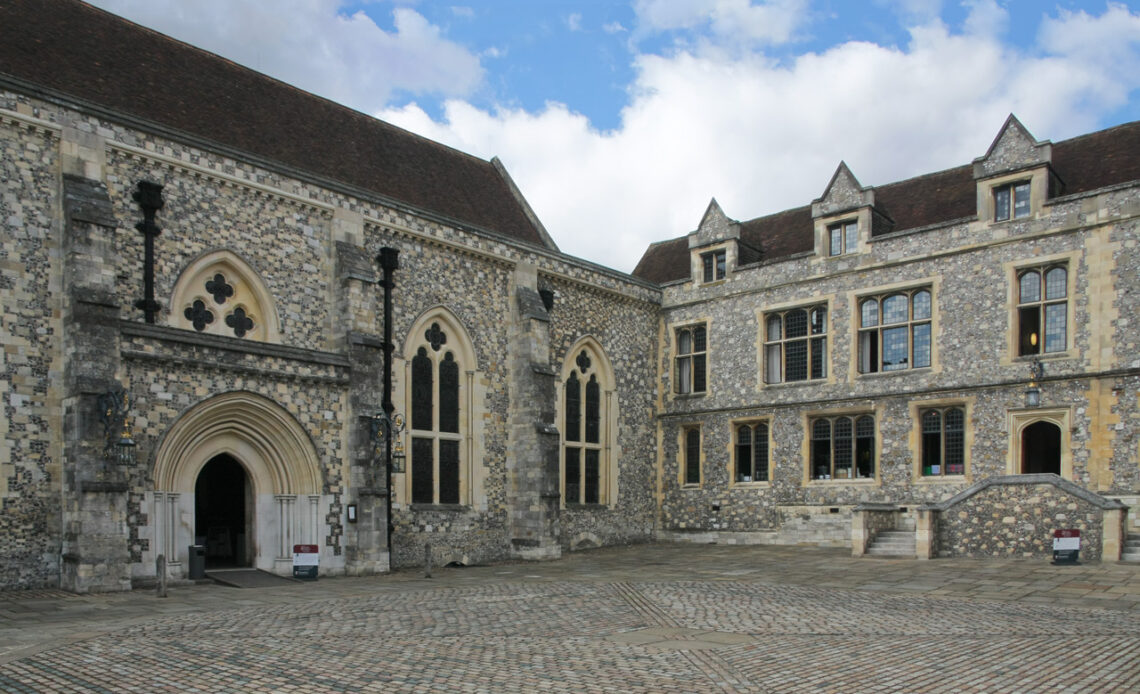
Just part of it remains, testament to the devotion of a king to the place where his royal story began. But it was the site of the arrival of a king who steadied the English throne after one of its most turbulent times. The royal himself has a reputation for piety and primness but he put the Plantagenets back on course after a decade of drama fueled in some part by his parents. Winchester Castle, in Hampshire, has the distinction of being birthplace of King Henry III.
Visitors today can only see the Great Hall at Winchester which was built on Henry’s orders in the 1220s, the early part of his reign. His birth took place in stone walls long since lost.
Henry was born on October 1st 1207, the first child of King John and his wife, Isabella of Angouleme. Despite rumours swirling that the king and queen preferred to stay in bed til noon rather than get on with the job of ruling their realm, the couple had been married for seven years by the time they welcomed an heir. The baby boy was named Henry, after John’s father, Henry II, and was soon joined by a brother and three sisters.
The place of his birth had long links with his royal family. It had been built in the very early years of the reign of baby Henry’s great, great, great grandfather, William the Conqueror, and for over a century it was used by hist dynasty as a seat of power. Empress Matilda, the great grandmother of Henry III, had seen her own grab for the throne start to crumble when her troops came under siege at the castle during the Civil War in 1141.
The castle continued to hold royal affection for centuries after Henry’s death. His grandson, Edward II, had it extended during the early 14th century and in the late 15th century and it continued a a major royal residence with Mary I, first queen regnant of England, holding part of her wedding celebrations with Philip of Spain there. However, her half-sister, Elizabeth I, wasn’t nearly as fond of it and passed it over to the authorities of the city of Winchester. Oliver Cromwell had a large part of it torn to the ground and the plans of Charles II to restore it to its former glory were put aside by his brother and successor, James II.
Now, it remains a remnant of England’s earliest post Conquest royalty but the Hall built by the king who was born there on an October day over eight centuries ago continues to fascinate.

